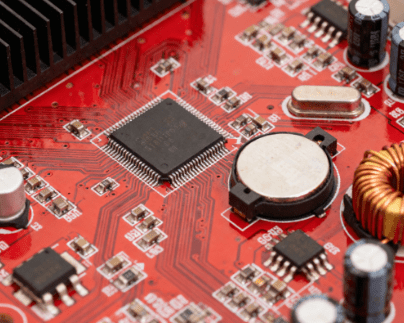Solder paste plays a critical role in high-reliability PCB assembly, particularly in medical devices, AI hardware, and industrial automation systems. Understanding its properties and optimizing application processes ensures compliance with ISO 13485, IPC Class 3, and RoHS standards. Below are key considerations for achieving superior soldering results.
Solder paste performance depends on:
- Viscosity: 150–400 Pa·s for ultra-fine pitch components in AI servers or wearables.
- Thixotropy: Resists slumping during high-density PCB assembly (e.g., HDI PCBs for neural networks).
- Melting Point:
- Lead-based: 183°C (ideal for legacy industrial equipment).
- Lead-free: 217°C (RoHS-compliant, widely used in EV battery management PCBA).
- Particle Size: 20–45μm for medical device PCBs to prevent bridging in miniaturized components.
The four-stage process must align with industry requirements:
- Ramp-Up (1-3°C/s): Prevents thermal shock in flexible PCBs for wearables.
- Soak (150–180°C): Activates flux for biocompatible PCB manufacturing (ISO 13485).
- Reflow (217–245°C, 60s): Forms robust joints in high-voltage PCBs for solar inverters.
- Cooling (6-7°C/s): Ensures crystalline structure for RoHS-compliant solder paste in automotive ECUs.
To minimize defects in AI server PCB design or ruggedized PCBA:
- Preset Based on Application:
- Medical: Lower squeegee speed (10–15mm/s) for small SMD components.
- Industrial: Higher pressure (5–8kg/cm²) for thick copper PCBs.
- Real-Time Monitoring: Use 3D AOI to detect solder bridging in edge computing PCBs.
- DOE Analysis: Adjust conveyor speed and zone temperatures for high-mix, low-volume PCBA.
- Material Factors:
- Biocompatibility: Essential for implantable medical devices (e.g., USP Class VI certification).
- Halide Content: <0.01% to prevent corrosion in marine-grade PCBs.
- Process Variables:
- Print Angle: 45–60° for 20-layer HDI PCBs in AI accelerators.
- Stencil Thickness: 0.1–0.15mm for ultra-fine pitch components (0.3mm pitch).
- Equipment Specifications:
- Stainless Steel Squeegee: For high-precision printing in medical diagnostic equipment.
- Vacuum Pickup Nozzles: Reduce component misplacement in AI hardware assembly.
Implement statistical process control for industrial automation PCBs:
- Define Variables: Conveyor speed (0.8–1.2m/min), peak temperature (230–245°C).
- DOE Matrix: Test 5–7 iterations to identify optimal reflow profile for motor control PCBs.
- CPK Analysis: Ensure CPK ≥1.33 for critical solder joints in ISO 13485-certified PCBA.
Conclusion: Future-Proofing Solder Paste Applications
By aligning solder paste properties with AI hardware requirements, medical device standards, and industrial automation needs, manufacturers can achieve defect rates <50 DPM. Partnering with a UL-certified SMT manufacturer like Huachuang Precision ensures access to ISO 13485-compliant solder paste and turnkey PCB assembly services USA, delivering competitive advantages in high-growth markets.
